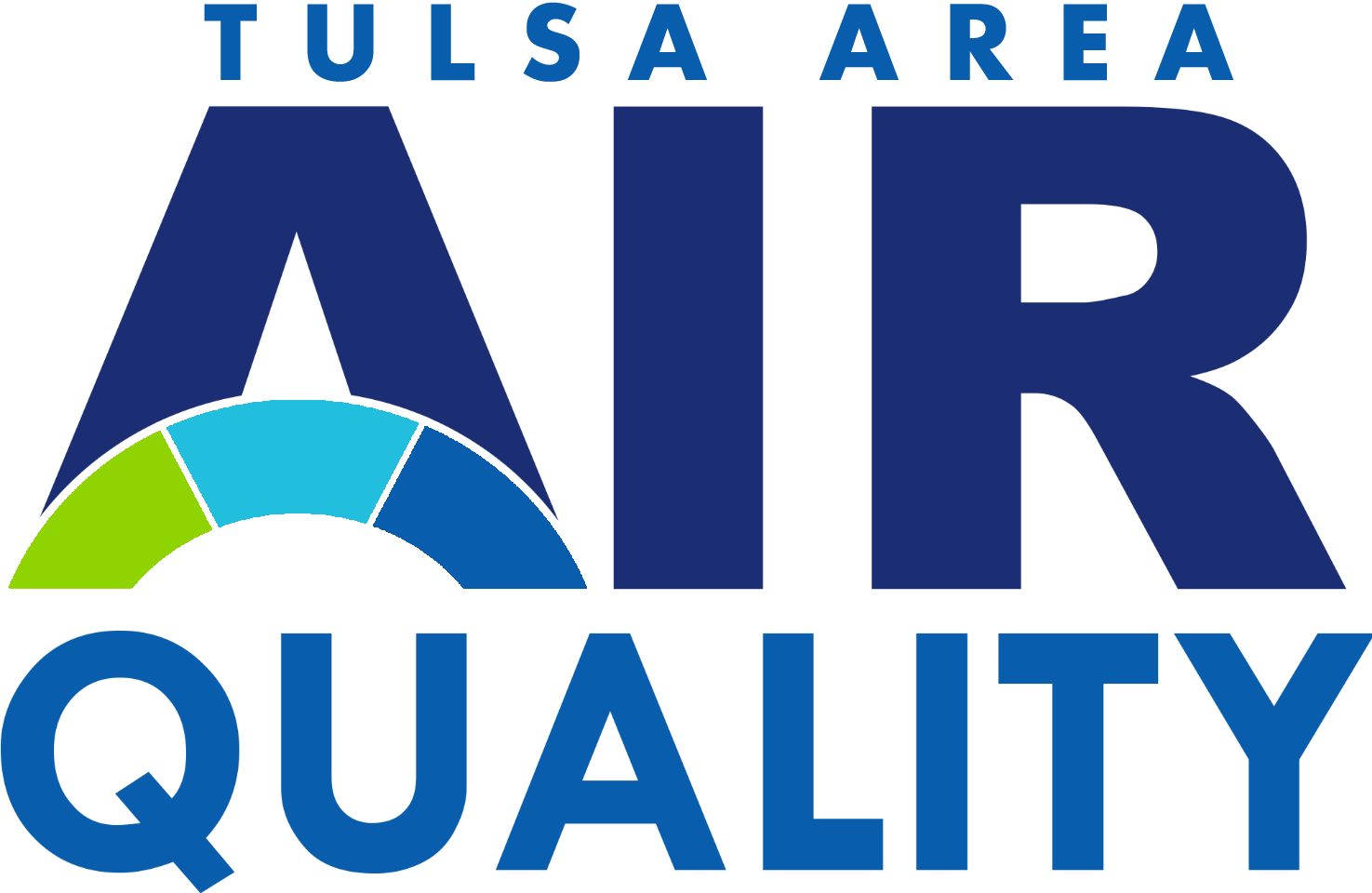2006 Ozone Scorecard
|
Monitor Site |
2006 8-Hr. Ozone Averages 4th Highest at end of season is key reading, and is averaged with the 2004 and 2005 4th highest readings An Ozone Exceedance= .085 or greater |
Is Our Current 3-Yr. Average Meeting the Ozone Standard? Yes, if the 3-Yr Avg. (of 4th Highest readings) is .084 or lower A Violation of the standard = .085 or greater |
||||||||
|
|
|
|
1st Highest |
2nd Highest |
3rd |
4th Highest date |
2003-2005 Avg. of 4th Highs |
CURRENT 3-YR AVG 2004 – 2006 |
||
|
2003 |
2004 |
2005 |
||||||||
|
|
||||||||||
|
Central (#1127 Tulsa) |
0.106 |
0.086 |
0.082 |
0.081 |
0.076 |
0.077 |
||||
|
0.080 |
0.068 |
0.082 |
||||||||
|
|
||||||||||
|
NORTH (#137 Skiatook) |
0.095 |
0.094 |
0.087 |
0.084 |
0.079 |
0.079 |
||||
|
0.083 |
0.071 |
0.083 |
||||||||
|
|
||||||||||
|
South (#174 Glenpool) |
0.107 |
0.093 |
0.087 |
0.078 |
0.076 |
0.073 |
||||
|
0.086 |
0.071 |
0.072 |
||||||||
|
|
||||||||||
|
East ( |
0.112 |
0.099 |
0.091 |
0.084 |
0.079 |
0.079 |
||||
|
0.084 |
0.073 |
0.081 |
||||||||
|
|
||||||||||
|
West (#144 Mannford) |
0.085 |
0.085 |
0.085 |
0.085 |
0.076 |
0.077 |
||||
|
0.081 |
0.071 |
0.076 |
||||||||
|
An exceedance of
the 8-hr ozone standard is .085 ppm or greater |
||||||||||
|
|
|
|
|
|
|
|
|
|
|
|
Explanation of the Ozone Standard
·
The
new revised national ozone standard is an eight-hour averaged standard
and is calculated by averaging data over a three year time period. This average
is taken from the fourth highest eight-hour average at each monitor. A
violation occurs when the 3-year average
(of the 4th highest value) is greater than .084 ppm. We currently meet the standard, as the
current 3-year average at each monitor is less than .085 ppm. The 3-year
average (of the 4th highest values) is shown above in green.
·
To
determine an ozone violation, the following example calculation is used: North
(Skiatook) monitor’s 2003 4th highest reading was .083, its 4th highest in 2004
was .071, the 2005 4th highest for that monitor is .083.
Thus, .083 + .071 + .083 divided by 3 = .079 ppm, which meets the standard
(the standard applies no rounding.)
·
A
violation of the Ozone Standard means that our entire Metropolitan Statistical
Area of seven surrounding counties including
|
|||||||||||||||||||||||
